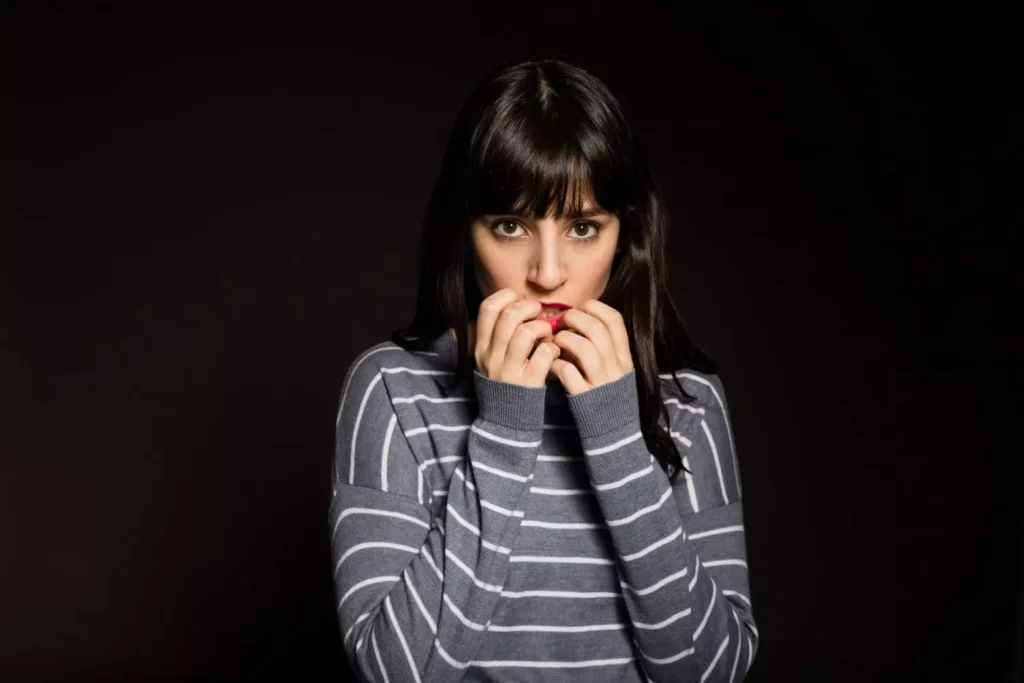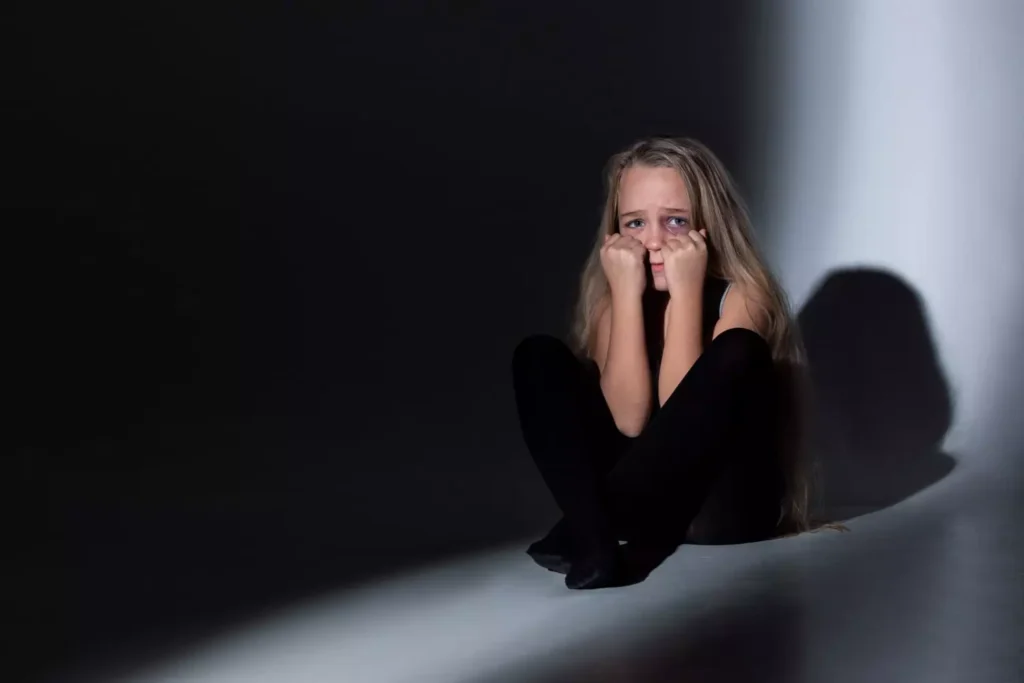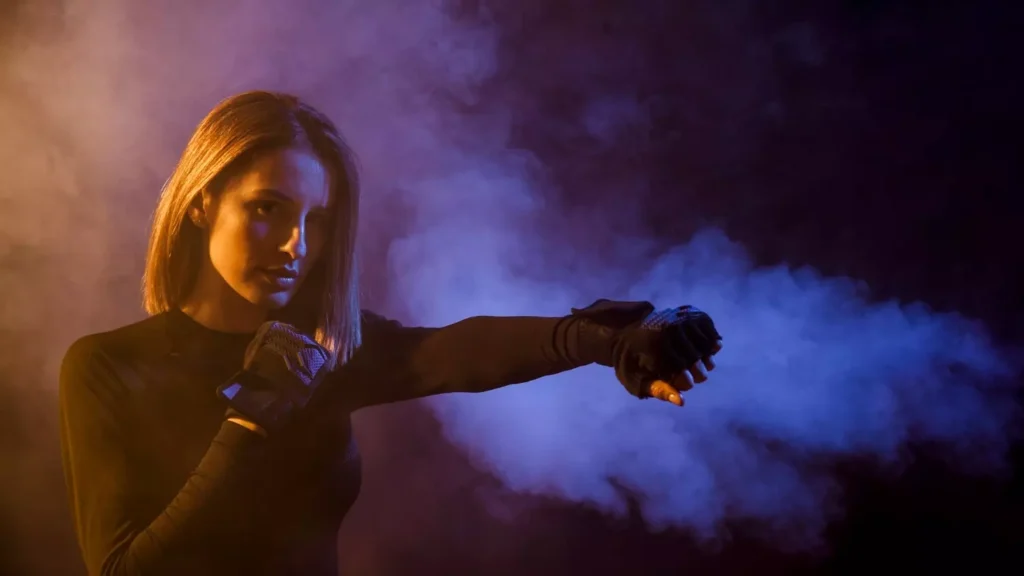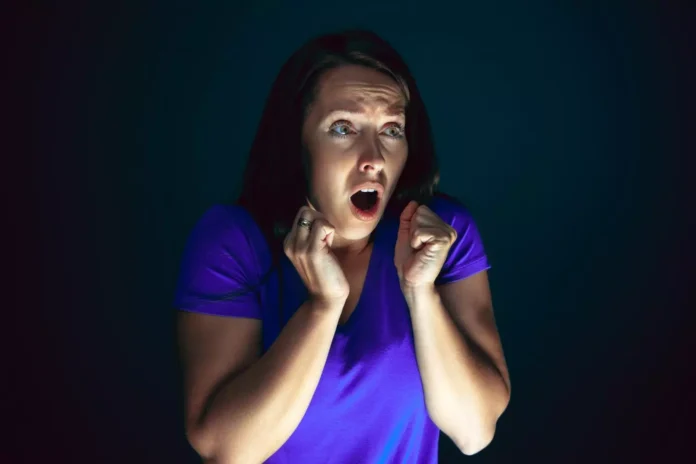“When I was young, I was scared of the dark”, she told her friends while walking down the hill. Frightened and excited at the same time, she was going to explore the mystical cave for the first time in her life that was a few kilometers from her house. While stepping up the passage made of rocks, stone and sand, she mumbled ‘Should I go back to my home?’ She nodded her head and flew away those negative thoughts as she wanted to explore the cave and its mysteries.
Her heart pounded, like a racing horse, as she stepped inside. It was completely dark inside the cave, which triggered the fear that was possessed inside her since her childhood. With clenched fists and a sweaty face, she started breathing heavily as if she was short of oxygen. Her friends called her again and again, but her scotophobia compelled her to run back towards her home.
What is Scotophobia
Scotophobia is an irrational, persistent and extreme fear of darkness or the fear of being alone in the dark. A little bit of dark anxiety can occur in children after 2 years of age, but the persistence of this anxiety in adulthood is considered pathological. Diagnosed at an early age, fear of the dark occurs in closed spaces or spaces with little or no light like forests, basements, dark rooms and tunnels.

While growing up, some adults tend to get out of this fear, and they start recognizing that dark is not associated with any evil creature. In some individuals, this fear persists which develop into full-blown anxiety and panic attack leading to severe psychological consequences.
Often finding it difficult to sleep, scotophobia can occur along with nyctophobia, thus impairing the quality of life.
Scotophobia vs Nyctophobia
“I know why you’re afraid to go out at night”
Remember this dialogue from the movie Batman? Have you ever wondered what is this fear of night called? While scotophobia is the extreme fear of dark, nyctophobia is the term used to describe the extreme and irrational fear of night. It is most common in children because they relate the scary creatures in their minds with night.
As the light turn-off, all the wide-eyed monsters, vampires with a black outfit and teeth covered with blood, hissing sounds of snakes and the flying bats come into their minds. Some children overcome this fear while growing up, while the fear of night persists in some adults, leading to severe psychological impairment.
Causes of Scotophobia
- Fear of the dark can occur at a young age due to the relationship of dark with scary creatures like monsters, vampires and bats in fictional, paranormal and fantasy stories. Similarly, stories related to terror and violence also occur in night settings, thus inducing persistent fear of the dark in these individuals.

- Due to past history of separation anxiety disorder that manifests between the ages of 6 to 12 months.
- As a learned behavior, commonly known as classical conditioning, where people learn and adopt certain behaviors through their experiences. It can also occur by vicarious conditioning, in which people adopt behaviors just by observing someone.
- Due to genetic predisposition and familial tendency towards anxiety disorders.
Symptoms
Individuals feel intense fear when they are in the dark or just by thinking about darkness.
The symptoms of scotophobia are physical, physiological, behavioral and cognitive.
| Physical | Physiological | Behavioral | Cognitive |
| Dry mouth | Excessive sweating | Avoidance of dark places | Low attention span |
| headache | Heavy breathing | Uncontrolled and irrational beliefs | confusion |
| Loss of appetite and sexual urge | anxiety | ||
| Stomach upset | agony | ||
| Tensed muscles | fear | ||
| Panic attacks |
Symptoms of the fear of dark vary from person to person. Individuals often find it difficult to control their emotions and fear, which leads to emotional and psychological disability. The person starts making negative and fearful interpretations about the dark, and thus avoidance of the dark seems like the only helpful situation.
Examples of Scotophobia
Nyctophobia (fear of night)
Achluophobia (fear of mist/darkness)
Lygophobia (fear of twilight)
Nyctohylophobia (fear of the forest in the dark)
How to Overcome Scotophobia
Imagine a group of people wearing long, black gowns coming towards you in a dark room.
If thinking about those scary ghosts sends shivers down your spine, then you might be scotophobic. The good news is that, despite psychological impairment, fear of the dark can be treated effectively by different treatment options. These treatments are suggested to individuals after their psychological evaluation.
So just say loudly that you’re not scared of being alone in the dark, and kick this phobia out of your life by the following effective strategies.

Systematic desensitization
- Most effective and recognized therapy for controlling fear of the dark.
- Works by combining both the relaxation and exposure techniques.
- The exposure technique works by slowly exposing the affected individuals to the dark by showing videos of dark environment, talking about dark and working in a dark room. As we all know, fear of the dark is mainly because of negative thoughts related to dark. So, when people are introduced to the dark in a controlled manner, they can overcome their fear and start feeling comfortable in a dark environment.
- The relaxation technique helps an individual to control his panic and anxiety and to remain calm in a dark environment.
Cognitive behavioral therapy
- Works by controlling the emotions and fear of an individual by using several useful and helpful techniques.
- People are guided about the methods of effectively changing their behavior routines.
Psychotherapy
- One-on-one talk session to help an individual explain his feelings and emotions.
- Health care professionals can explore the root cause of the fear of dark, when and how it started in a safe and calm environment.
Hypnotherapy
- Rewires your brain to rethink your fear of the dark and its associated anxiety.
- Works by guided relaxation techniques in a calm state of mind.
Virtual Reality
Virtual Reality is a new technique that is done by exposing individuals to the dark by computer screen or VR headset.
Meditation and yoga
- Mindful exercises and yoga can help in reducing anxiety and depression.
Medication
- Medications like antipsychotics and antidepressants are used in severe cases by healthcare professionals after proper assessment and evaluation.
Fun facts about Scotophobia
- About 90% of children and 40% of adults in the US have a fear of dark to varying degrees.
- 10% of adults in the US have fear of the dark to such an extent that they cannot go to the washroom in the dark.
- If an adult says “I’ve been scared of sleeping with the lights off” then he must be evaluated for the fear of dark.
- Scotophobia is different from the normal fear of dark. Not every individual who has some degrees of the fear of dark is scotophobic.
- Affected individuals cannot explain their extreme and irrational reaction towards the dark and thus try to avoid the dark to remain calm.
- Scotophobic adults might get anxious during class lectures when their professor turns off the light.
- Fear of being alone in the dark causes poor quality of sleep and insomnia.
- People with the fear of the dark are not necessarily afraid of the dark itself, but what may happen in the dark scares them the most.
- The susceptible individuals do not go out of their home during the dark and thus do not enjoy late-night parties or disco nights with their friends.
- Keanu Reeves, a famous Canadian actor, has the fear of dark.
FAQs
What is fear of dark called?
Fear of the dark is called scotophobia.
Why do I get scared at night for no reason?
If you get scared at night for no obvious reason, you might have nyctophobia or scotophobia. You should visit your healthcare professional for complete evaluation and assessment.

